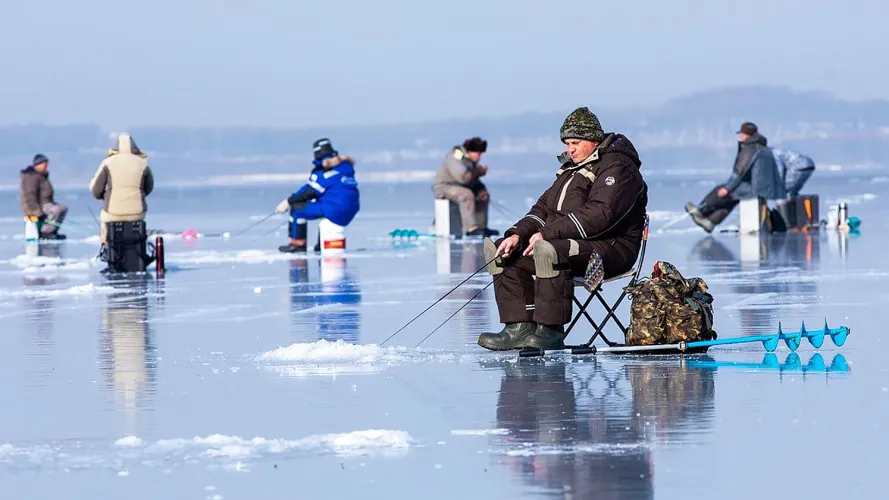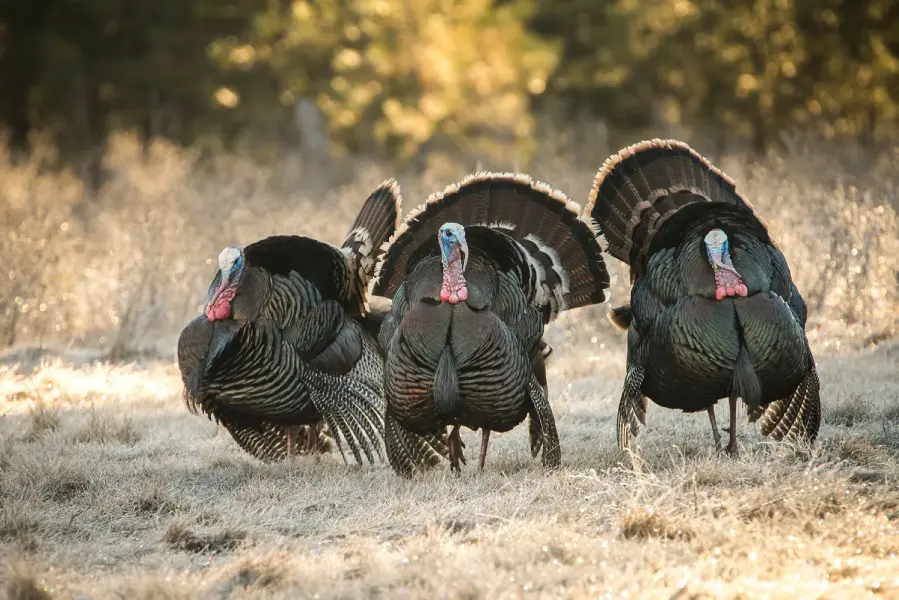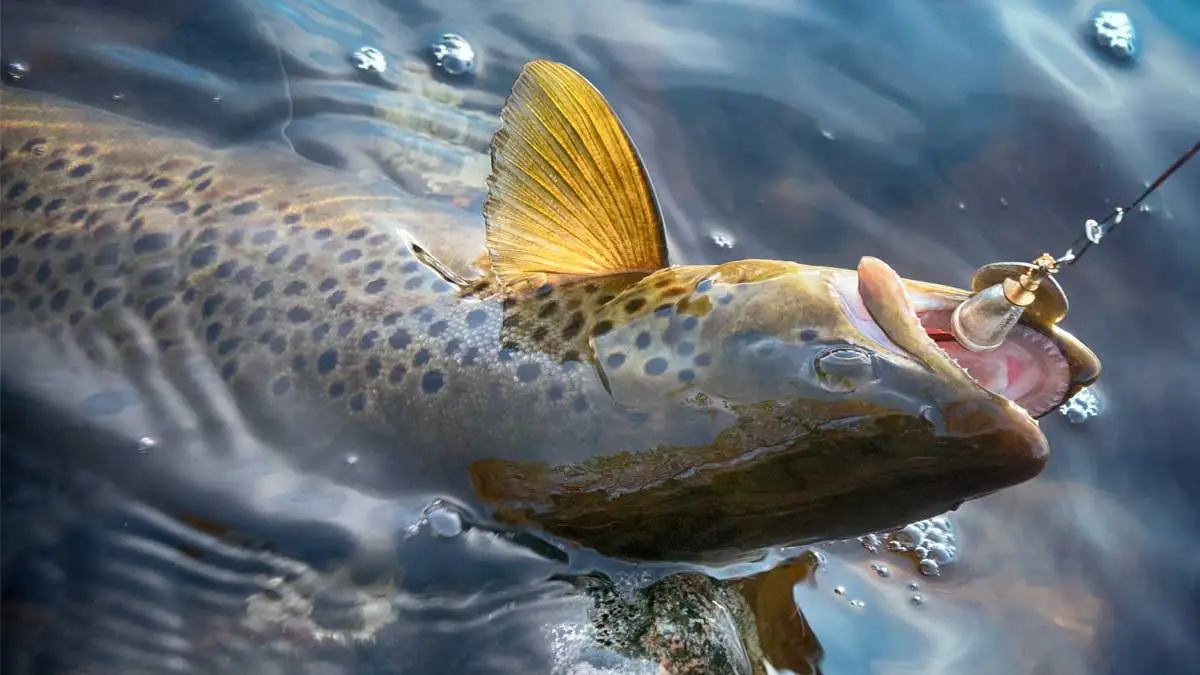Introduction:
Ice fishing is a popular winter pastime that combines the thrill of fishing with the beauty of the frozen landscape. It requires specialized techniques and gear to ensure a successful and enjoyable experience. In this comprehensive guide, we will explore various ice fishing techniques and the essential gear you need to make the most of this unique angling adventure.
I. Choosing the Right Ice Fishing Gear:
a. Ice Fishing Rods:
- Length and action considerations
- Different types of ice fishing rods
- Key features to look for
b. Ice Fishing Reels:
- Inline reels vs. spinning reels
- Choosing the appropriate reel size
- Advantages and disadvantages of different reel types
c. Ice Fishing Line:
- Mono vs. fluorocarbon vs. braided line
- Line weight and diameter considerations
- Cold-weather line management tips
d. Ice Fishing Lures:
- Jigging spoons, jigs, and soft plastics
- Understanding color choices and profiles
- Tailoring your lure selection to target species
II. Ice Fishing Techniques:
a. Locating Fish:
- Utilizing a fish finder or depth finder
- Identifying key underwater structures
- Understanding fish behavior in cold water
b. Drilling Holes:
- Using augers and ice chisels
- Optimal hole spacing for various species
- Techniques for drilling in thick ice
c. Setting Up a Tip-Up:
- Types of tip-ups available
- Bait selection and placement
- Monitoring and handling flag signals
d. Jigging:
- Jigging motions and cadence
- Experimenting with different depths and speeds
- Incorporating pauses and lifts to entice strikes
e. Deadsticking:
- Setting up a stationary rod
- Selecting the right bait and rigging
- Staying alert for subtle bites
III. Staying Safe on the Ice:
a. Ice Thickness and Safety:
- Understanding ice strength guidelines
- Testing ice thickness and quality
- Recognizing signs of unsafe ice conditions
b. Dressing for Success:
- Layering clothing for warmth and mobility
- Choosing appropriate footwear
- Essential safety gear (ice picks, flotation devices, etc.)
c. Safety in Numbers:
- Ice fishing with a buddy or in groups
- Communicating and establishing a safety plan
- Being aware of potential hazards and risks
IV. Ice Fishing Etiquette:
a. Respect for the Environment:
- Proper disposal of waste and litter
- Avoiding damage to underwater habitats
- Catch-and-release practices for conservation
b. Consideration for Others:
- Giving fellow anglers space
- Quieting noise and minimizing disturbances
- Sharing knowledge and tips with newcomers
Conclusion:
Ice fishing is a rewarding outdoor activity that requires specific techniques and gear for a successful outing. By selecting the right gear, mastering various techniques, and prioritizing safety and etiquette, you can make the most of your time on the ice. Whether you are a seasoned angler or a beginner, the information provided in this comprehensive guide will serve as a valuable resource to enhance your ice fishing adventures. So, gear up, get out on the ice, and enjoy the thrill of catching fish in the winter wonderland.
![]()





